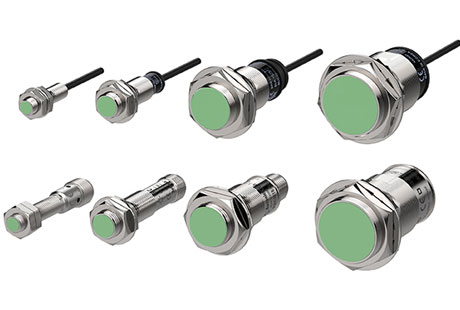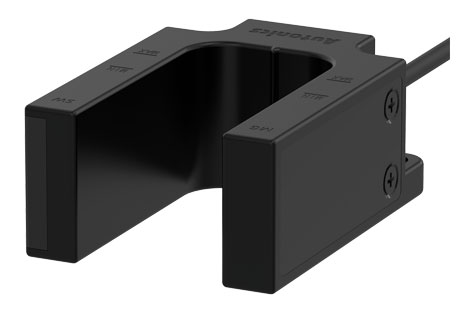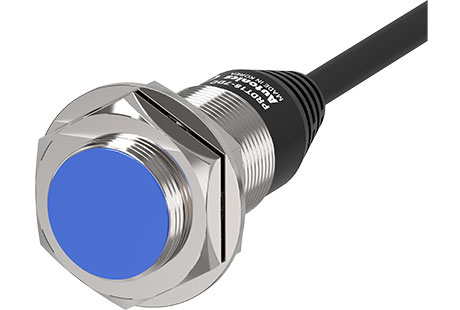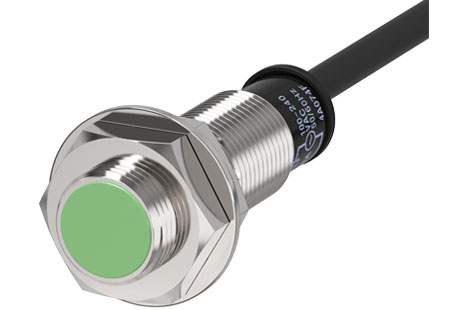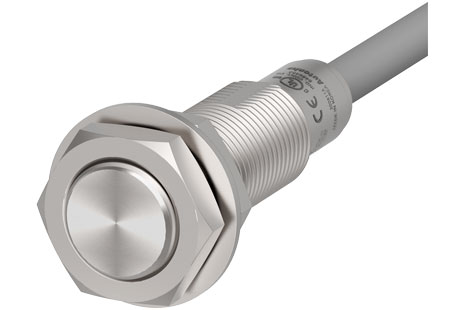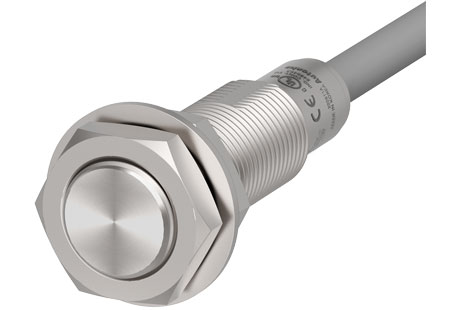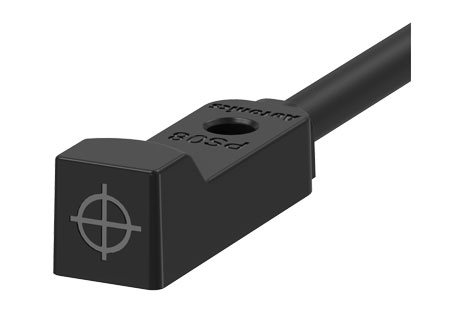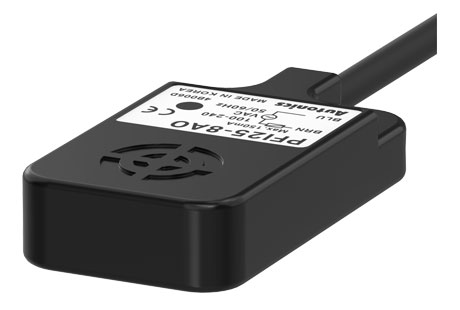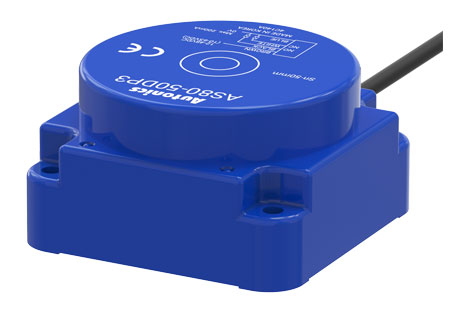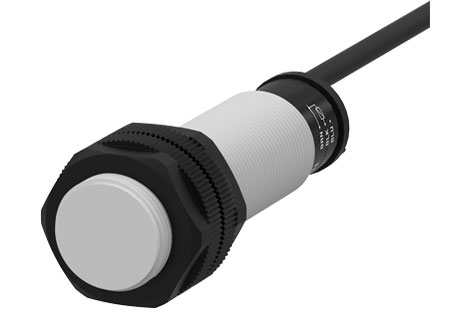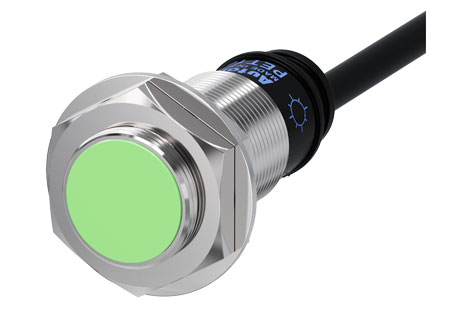Autonics Proximity Sensors: Capacitive & Inductive Switch
Looking for reliable Autonics proximity sensors? IndMALL is your go-to place. We offer a variety of these sensors, including the popular Autonics Capacitive Sensor and Autonics Inductive Proximity Sensor. If you’re specifically searching for a Proximity Switch Autonics, we have that too.
Our collection features many connection types, from Sensor Proximity Autonics with PNP, and NPN configurations to Autonics Proximity Switch options that are Normally Open (NO) or Normally Closed (NC). For those who prefer Autonics Cylindrical Proximity Sensors, we have them in stock. Reach out to IndMALL for the finest in Autonics Proximity solutions. Our selection is crafted to meet your needs, making it easy to find the perfect Autonics Sensor Proximity for any application.
Autonics Proximity Sensors: MU Series
The Autonics Proximity Sensor MU series offers U-shaped designs with a 30 mm sensing distance. Available in both cable and connector types, they pair well with BUP series sensors for elevator control. They use non-voltage magnetic detection and boast an IP67 protection as per IEC standards.
MU Series
Proximity Autonics: PRD Series
The Proximity Autonics PRD series offers cylindrical inductive sensors in standard and IO-Link models. They boast long sensing distances, noise resistance, and are versatile for non-contact metal detection. Enhanced by strain relief cables for durability, they feature red LED indicators, IO-Link communication LEDs, and IP67 protection per IEC standards.
PRD Series
Autonics Capacitive Sensor: PR Series
The Autonics Capacitive Sensor PR series offers inductive features, strong sensing, and noise resistance. Ideal for non-contact metal detection, they come in various sizes. They boast IP67 protection, a red LED operation indicator, and a PTFE coating for spatter-resistant models to prevent welding disruptions.
PR Series
Autonics Inductive Proximity Sensor: PRFD Series
The Autonics Inductive Proximity Sensor PRFD series boasts long sensing distances and durable stainless steel 303 housing. Ideal for industries like food, chemical, and metalworking, these sensors resist impacts and wear. A 360° ring indicator allows easy status checks. They also minimize malfunctions from aluminum chips.
PRFD Series
Sensor Proximity Autonics: PRF Series
The Sensor Proximity Autonics PRF series provides cylindrical sensors with stainless steel 303 housing. Perfect for industries like food, chemical, and metalwork, they resist deformation and corrosion. The 0.8 mm metal head withstands impacts and wear. A 360° ring indicator, not in M8 models, ensures easy status checks. They also combat aluminum chip malfunctions.
PRF Series
Proximity Switch Autonics: PS Series
The Proximity Switch Autonics PS series presents rectangular inductive sensors with enhanced noise protection. Available in sizes like 8x8mm, 12x12mm, and 17x17mm, they’re adaptable for many environments. They feature a red LED operation indicator and boast IP67 protection, adhering to IEC standards.
PS Series
Autonics Sensor Proximity: PFI Series
The Autonics Sensor Proximity PFI series boasts inductive sensors with top-notch noise immunity. Their flat 10mm design fits snugly in tight spaces. They feature a red LED operation indicator and have IP67 protection, meeting IEC standards for optimal performance.
PFI Series
Autonics Proximity Switch: AS Series
The Autonics Proximity Switch AS series offers rectangular sensors with a 50mm sensing range and strong noise immunity. They power from 12-48VDC, operate at 10-65VDC, and provide dual outputs: Normally Open + Normally Closed, ensuring flexibility and convenience for users.
AS Series
Autonics Cylindrical Proximity Sensors: CR Series
The Autonics Cylindrical Proximity Sensors CR series excel in detecting varied materials, from metal to grain. With a built-in sensitivity adjuster, they ensure easy customization for diverse settings. They also feature a clear red LED operation indicator, making them versatile and user-friendly.
CR Series
Autonics Proximity: PET18-5 Series
The PET18-5 couplers enable non-contact data transfer to Autonics Proximity sensors. Easy to install, they transmit signals without needing extra power, thanks to inductive coupling. They’re reliable even in dusty or oily conditions, making them ideal for drilling, robotics, and automated conveyor systems.
PET18-5 Series
People Also Ask
What is proximity sensor and how it works?
A proximity sensor is a device that detects objects without touching them. It senses when something is close. These sensors use different methods like infrared, light, or electromagnetic fields.
When an object gets near the sensor, it changes the sensor’s field. For example, some sensors use light beams. If something breaks the beam, the sensor knows there’s an object close by.
Proximity sensors are used in many places. Phones are them to turn off screens when near your ear. Cars use them for parking assistance. They’re also in machines and doors to ensure safety.
In short, proximity sensors help devices react to nearby objects without contact. They make our gadgets smarter and our lives safer.
What is the voltage rating of proximity sensor?
The voltage rating of a proximity sensor tells how much electricity it needs to work. Different sensors have different voltage ratings. Some might work with a low voltage, like 5 volts. Others might need higher voltages, like 24 volts.
It’s important to use the right voltage. If you use too much, the sensor can get damaged. If you use too little, it might not work properly.
Always check the sensor’s specifications before using it. This will tell you the correct voltage to use. Using the right voltage ensures the sensor works well and lasts long.
In simple terms, the voltage rating is like the “food” a sensor needs. Give it the right amount for best results.
What is the output of a proximity sensor?
A proximity sensor’s output is its way of telling us if something is near. When an object comes close, the sensor sends a signal. This signal can be “on” or “off”, much like a light switch.
Most sensors have two main output types: PNP and NPN. PNP sensors send a positive signal when an object is detected. NPN sensors send a negative signal in the same situation.
There are also “Normally Open” and “Normally Closed” outputs. “Normally Open” means the sensor’s signal is off unless an object is close. “Normally Closed” is the opposite.
To sum it up, the sensor’s output is its response to nearby objects. It tells machines or systems to take action based on that response.
How do 2 wire proximity sensors work?
2-wire proximity sensors are simple devices for detecting objects. They have two wires: one for power and the other for the signal. These sensors work by using a small electrical current.
When an object comes close, the sensor changes this current. The machine or system notices this change and knows there’s an object nearby. It then takes the needed action, like stopping a conveyor belt.
The good thing about 2-wire sensors is their simplicity. They can be easily connected to many systems. However, it’s crucial to wire them correctly for proper functioning.
In short, 2-wire sensors detect objects by checking changes in electrical current. They’re straightforward but effective tools in automation and safety.
IndMALL Automation: Unbeatable price on Autonics Proximity Sensors Selection.

